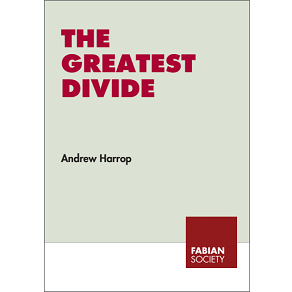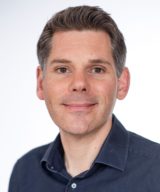The Greatest Divide: Discussion paper
The gap between rich and poor is set to rise even further by 2030 - but there is nothing inevitable about this polarisation.

- The Greatest Divide
- Andrew Harrop
- 29 December 2015
We have always been a divergent as well as a united kingdom. But the divisions within Britain are growing wider, and the greatest divide of all is the growing gap between rich and poor. Here the political establishment is not helpless or powerless, The Greatest Divide argues: to a very large extent, it is the cause of the problem. Yes, there are the anti-egalitarian currents of globalisation and automation. But over the next decade the gap will mainly widen because of political choices, according to the report, which examines the prospects for economic inequality in 2030. The Greatest Divide finds that:
- In the wake of policies announced by the government since May, the annual income of a family 10 per cent from the bottom of the income distribution is projected to be just £90 (1 per cent) higher in 2030 than today, after inflation.
- In contrast, the income of households 10 per cent from the top of income distribution will be £14,500 (25 per cent) higher in 2030. As a result income inequality will soar.
- 1.9 million more children are projected to be in poverty at Christmas 2030 than Christmas 2015, if decisions made this year go unchanged.
- The overall number of people in poverty is projected to rise by 3.6 million over the next 15 years.
Editor
Fabian membership
Join the Fabian Society today and help shape the future of the left
You’ll receive the quarterly Fabian Review and at least four reports or pamphlets each year sent to your door
Be a part of the debate at Fabian conferences and events and join one of our network of local Fabian societies
Join the Fabian SocietyBe the first to know
Sign up to the free Fabian Society newsletter
Find out about the latest Fabian Society research, publications and events with our regular updates
Sign up today